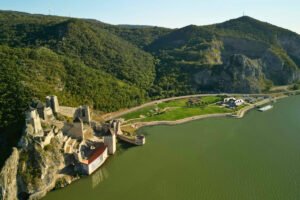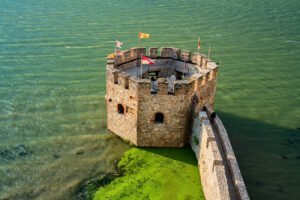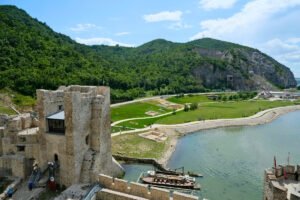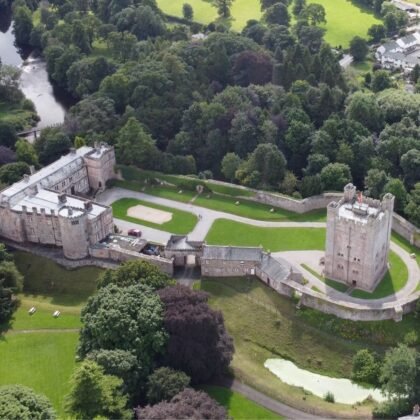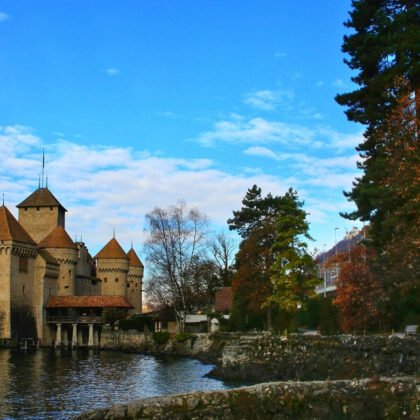Clinging to the cliffs where the Danube squeezes into the Iron Gate, Golubac Fortress looks every bit the storybook stronghold—only this one fought real wars. Nine towers stitch together across rock and river, their stone walls echoing centuries of sieges and shifting rulers. Come for the drama of the landscape, stay for the layered history written into every rampart and arrow slit.
Quick Facts
📍 Location: Golubac, Braničevo District, Serbia
🏗️ Construction Period: 14th century; expanded 15th–16th centuries
🏰 Architectural Style: Medieval military architecture (Serbian, Hungarian, and Ottoman phases)
🎭 Famous For: Commanding the Iron Gate on the Danube; nine towers and massive curtain walls; pivotal clashes between Hungary, Serbian states, and the Ottoman Empire
👑 Notable Figures: Mihailo Obrenović III; various Hungarian and Ottoman governors
🏆 UNESCO Status: No (national designation: Monument of Culture of Exceptional Importance, 1979)
🌐 Official Website: https://tvrdjavagolubackigrad.rs/eng/
Map
Historical Context
First recorded in 1335 under Hungarian influence, Golubac guarded the last choke point on the Danube before the Iron Gate—a prize too valuable to hold peacefully. Through the 14th and 15th centuries it changed hands repeatedly among Hungarian, Serbian, and Ottoman powers. Initially shaped for cold‑weapon warfare with square towers, the Ottomans later reinforced it with cannon ports and thicker battlements. The fortress grew into three linked compounds with nine towers, portcullises, and a small chapel, dominating both river and road traffic. Ottoman control prevailed for centuries until the keys were handed to Serbian ruler Mihailo Obrenović III in 1867. In 1979, Serbia recognized its national importance with top cultural protection.
Gallery
Visiting Information
🗓️ Best Time to Visit: April, May, late September, and October
🗺️ Location Perks: Perched at the entrance to the Iron Gate gorge with sweeping Danube vistas. Nearby Lepenski Vir reveals a remarkable prehistoric settlement and museum.
⏳ Estimated Visit Duration: Plan to spend 2–3 hours exploring the castle and its grounds.
💡 Visiting tips: Wear sturdy shoes for steep stairs and rocky paths, and bring a windbreaker for river breezes. Check access levels and opening times—some towers involve strenuous climbs.


